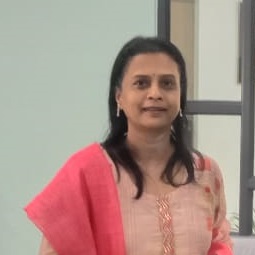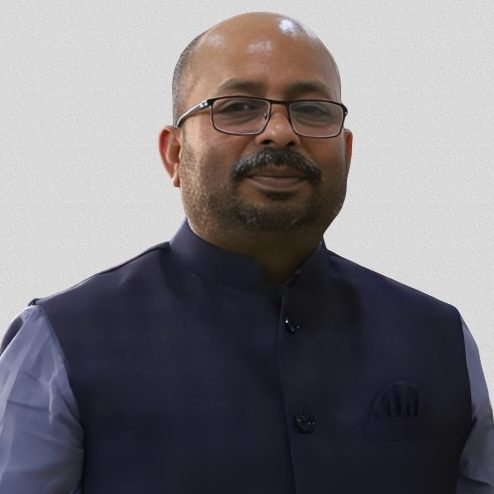"Improving Health Through Accessible and Empowering Innovation" is a compelling and forward-thinking concept that emphasizes the importance of making health solutions available to everyone and empowering individuals to take control of their health. The Health Hackathon is a visionary platform dedicated to revolutionizing healthcare through accessible and empowering innovation. This collaborative event invites students from diverse engineering and scientific disciplines to contribute brilliant solutions that can significantly enhance the healthcare system. By optimal utilization of technology with medical practices, it aims to achieve unprecedented advancements in improving health outcomes.
This hackathon bridges the gap between ideas and their implementation, empowering young and talented individuals to bring their creative solutions to life and make a tangible impact on the health sector and society as a whole.
Participants will develop critical thinking skills, foster innovative mindsets, and gain fresh perspectives on healthcare challenges.















